2022-10-14
According to the needs of traffic flow and the situation of terrain and features, pedestrian bridges (including underground pedestrian crossings), fences, lighting facilities, line of sight guidance signs, emergency contact facilities and other similar facilities should be set up on the road when necessary.
1. pedestrian bridge
2. fence
The car drives off the road due to a mistake, in order to protect pedestrians, houses, structures, etc., and secondly, it can also induce the driver's sight. At the same time, it is also used to prevent pedestrians from crossing the road, enabling pedestrians and bicycles to be separated from cars and playing a protective role. There are various forms of protective fences, such as guardrails, protective cables, truss structures and pipes. The choice of guardrail forms should be coordinated with the environment and consider its functions. Only for the purpose of preventing pedestrians, the fences can be used in the form of pipes, net chains, etc.
3. lighting
In order to prevent traffic accidents in night driving and improve the comfort of driving, lighting facilities should be installed continuously or locally on necessary roads. Lighting equipment can reduce traffic accidents. According to statistics in Japan, roads with night lighting can reduce traffic accidents by 14%~54%, and statistics in Europe and the United States can reduce traffic accidents by 30%~40%. Lighting equipment can also improve road utilization. According to measured data in the United States , After the lighting facilities are installed, the speed of the vehicle can be increased by 1.1~4.6kg/h; the lighting equipment can also eliminate the insecurity of pedestrians, ensure the necessary driving sight distance of the driver, and eliminate their insecurity.
4. eye-catching sign
In order to indicate the edge and alignment of the road, guide signs should be set up on special road sections to guide the driver's sight. mark its location.
5. road mirror
Reflectors should be installed in corners and areas with small radius where accidents may occur, such as intersections and crossings with poor visibility. There are round and square mirrors for highways. Convex mirrors are generally used. The mirror surface should have high reflection efficiency and no defects such as blurring, warping, blisters and water marks.
6. Highway Information Board
In order to inform road users of road, weather and traffic conditions and related traffic restrictions in a timely manner, road variable information boards are set up at appropriate locations. Suspension type, with computer remote control, internal lighting subtitles; B-type information boards are located on the roadside, with manual lighting and subtitles inside; C-type information boards are used in places with traffic restrictions, sign boards are in the form of insertion, and the information must be displayed. Concise and clear, easy to understand accurately.
7. highway surveillance system
Traffic monitoring facilities should be set up as needed at locations and road sections that may significantly endanger the safety of pedestrians and may become traffic jams on the route, to monitor the usual traffic flow, and take immediate countermeasures if an emergency is found. Surveillance facilities are commonly used industrial TVs, traffic flow detectors, which automatically record traffic volume, density, and speed.

 English
English 简体中文
简体中文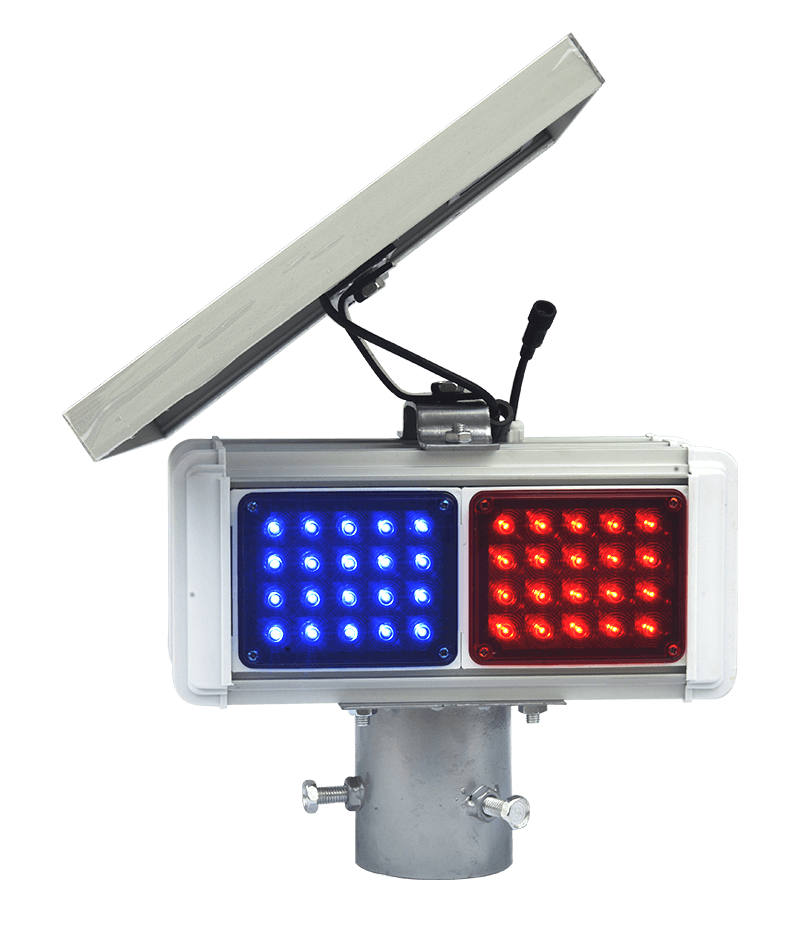
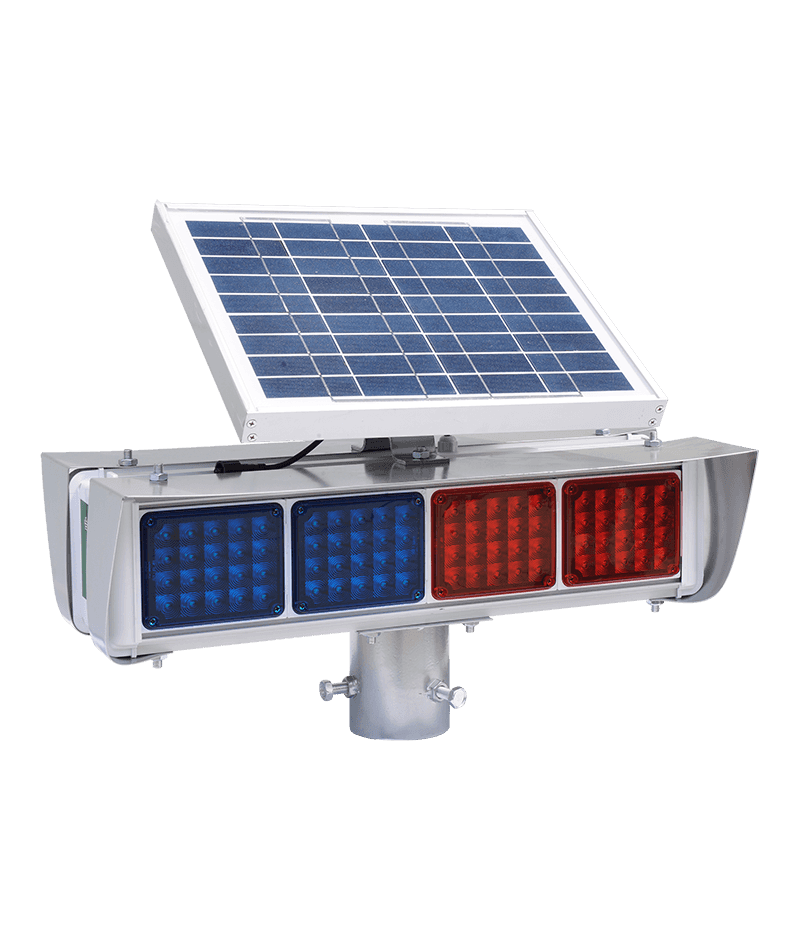
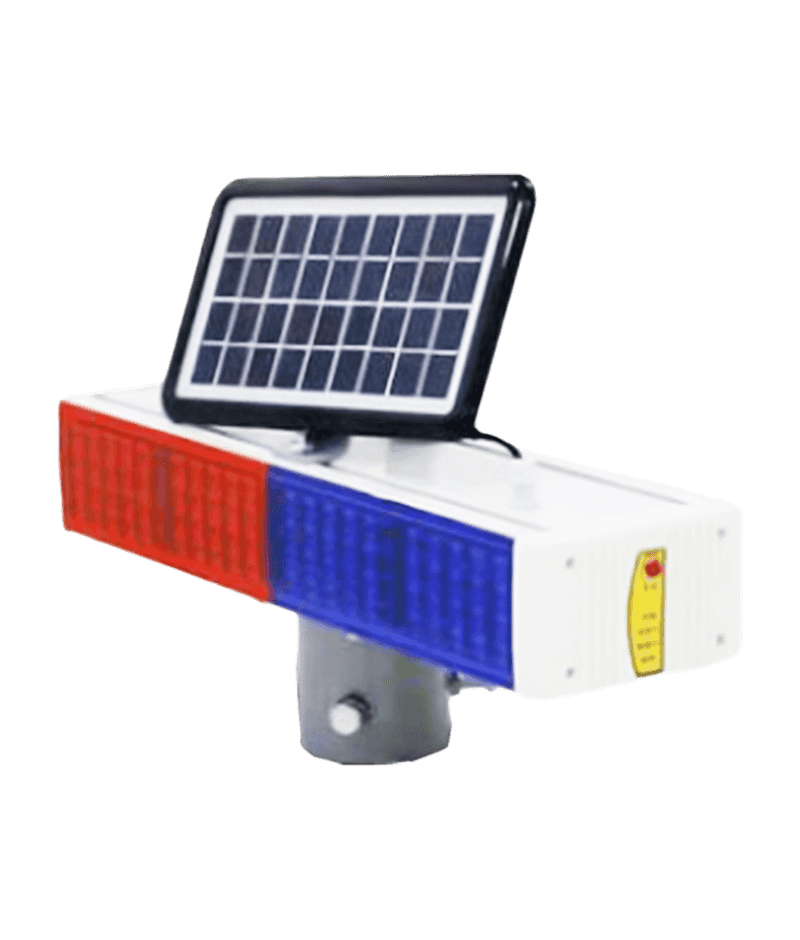
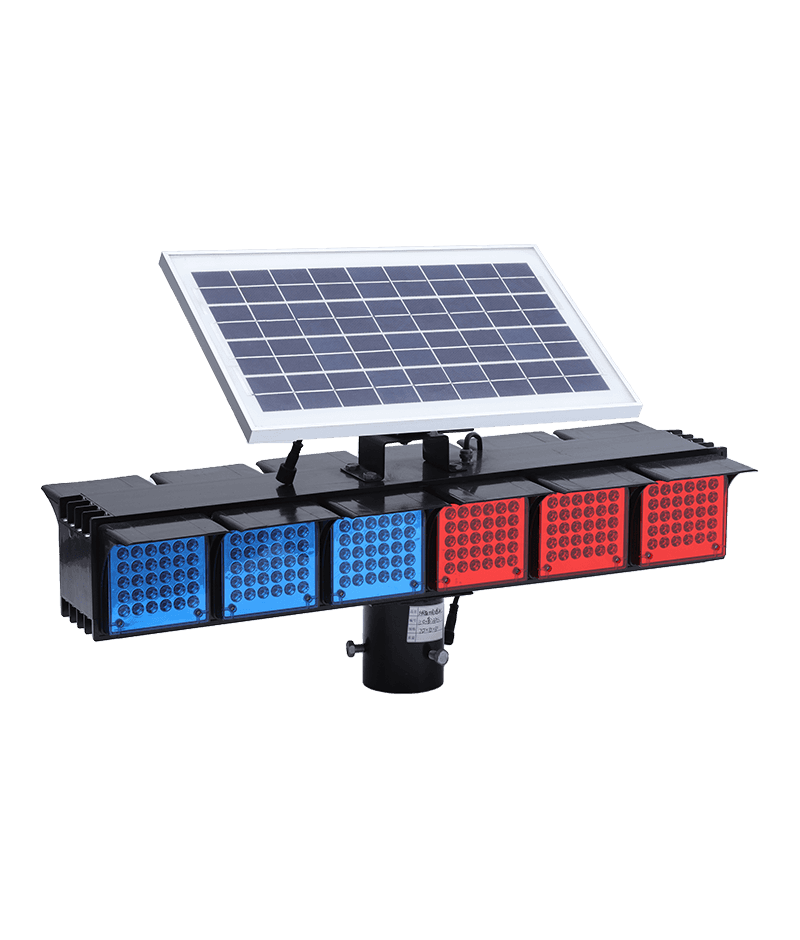
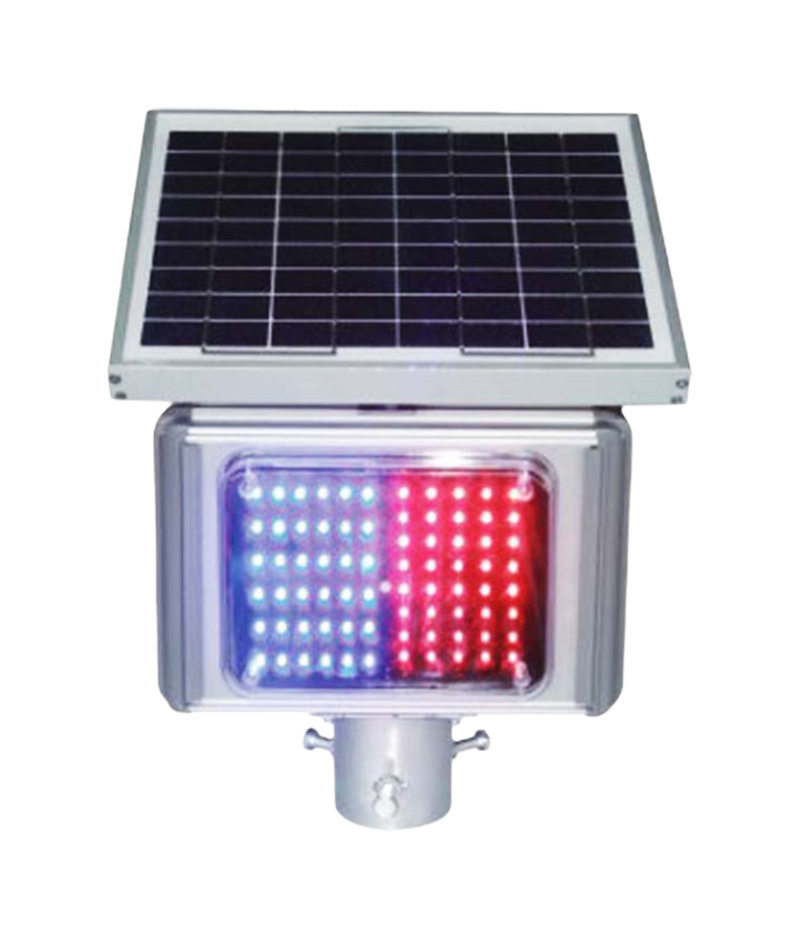
.png)

